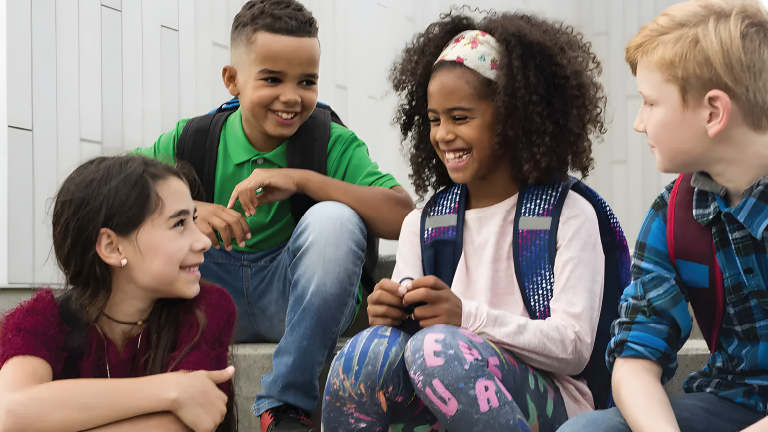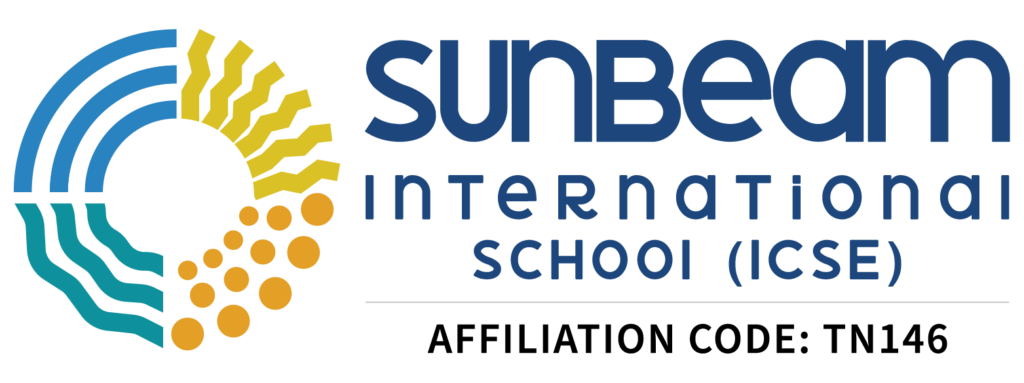
Celebrating Diversity in Education: Embracing Cultural Representation in K-12 Learning Materials

Education is the cornerstone of societal progress, shaping the minds and perspectives of future generations. In an increasingly diverse world, the significance of representing diverse cultures, histories, and perspectives in K-12 learning materials cannot be overstated. The call for a curriculum that mirrors the richness of our global society has become more pronounced than ever before.
The traditional curriculum often presented a narrow view of history, literature, and cultural contributions, predominantly highlighting the achievements and narratives of a select few. However, the evolving landscape of education recognizes the critical importance of inclusivity, equity, and cultural representation in shaping a well-rounded educational experience for students.
Let’s delve into the significance of cultural representation in K-12 learning materials:
Fostering Inclusivity and Empathy:

A curriculum that embraces diverse cultures cultivates inclusivity by acknowledging and respecting different backgrounds, beliefs, and traditions. It fosters empathy and understanding among students, creating a more harmonious and accepting learning environment.
Reflecting the Real World:

Our world is a mosaic of cultures, languages, and traditions. By incorporating diverse perspectives into the curriculum, students gain a more comprehensive understanding of the world around them, preparing them to navigate a globalized society with cultural competence.
Enhancing Engagement and Relevance:

Learning materials that resonate with students’ lived experiences and cultural backgrounds can significantly enhance engagement and interest in learning. When students see themselves reflected in the curriculum, it can spark curiosity and motivation to explore and learn more.
Empowering Underrepresented Voices:

Including diverse voices in learning materials amplifies the narratives of historically marginalized communities. It provides an opportunity to recognize and celebrate the contributions and achievements of individuals and groups that have been overlooked or marginalized in traditional curricula.
Critical Thinking and Perspective-Taking:

Exposure to diverse perspectives encourages critical thinking and perspective-taking skills. It challenges students to analyze information from multiple viewpoints, fostering a more nuanced understanding of complex issues.
Efforts to infuse cultural diversity into the curriculum are underway, but challenges persist. Incorporating diverse perspectives requires thoughtful planning, resources, and ongoing commitment from educators, curriculum developers, policymakers, and the wider community. It involves revising textbooks, creating supplementary materials, and providing professional development opportunities for teachers to effectively integrate diverse content into their lessons.
Moreover, it’s essential to approach cultural representation authentically and respectfully, avoiding tokenism or superficial inclusion. Culturally responsive teaching strategies that integrate students’ backgrounds into the learning process play a pivotal role in ensuring that diversity isn’t just a checkbox but an integral part of the educational experience.
As we navigate the path toward a more inclusive and culturally diverse curriculum, collaboration and open dialogue are key. Engaging with diverse communities, involving stakeholders, and continuously reassessing and refining the curriculum will contribute to creating an educational environment that celebrates and honors the richness of our global society.
Embracing cultural representation in K-12 learning materials is not just about textbooks; it’s about embracing the diversity that defines our world. A curriculum that reflects the multifaceted tapestry of cultures and experiences enriches education, empowers students, and lays the foundation for a more interconnected and empathetic society.


